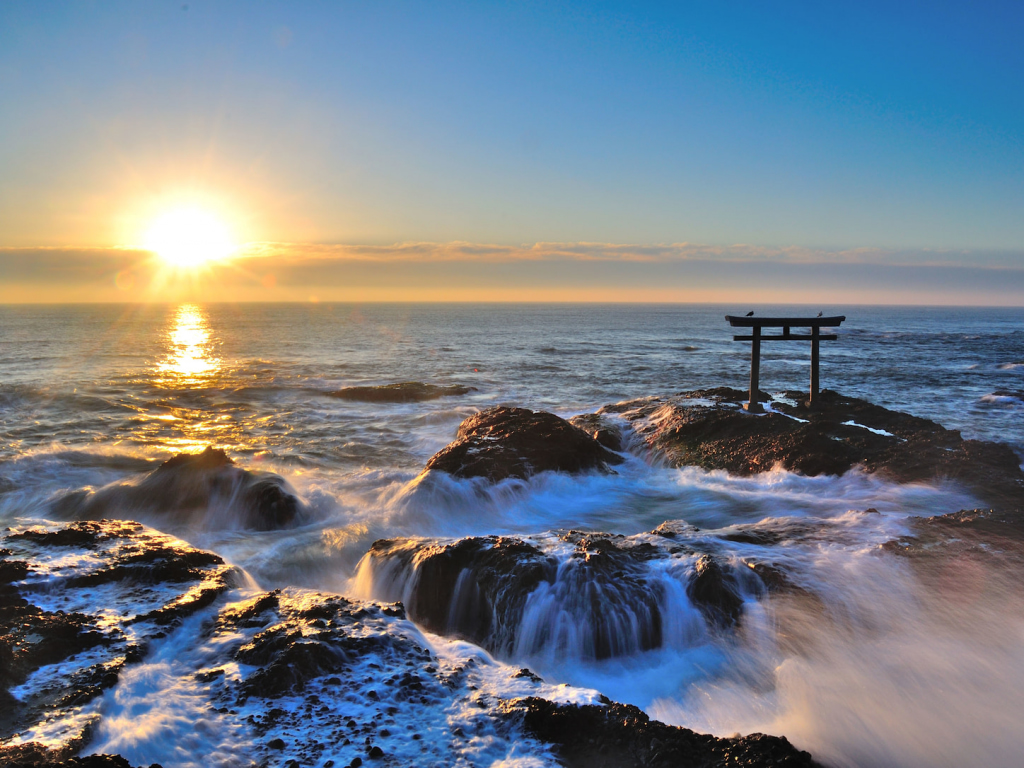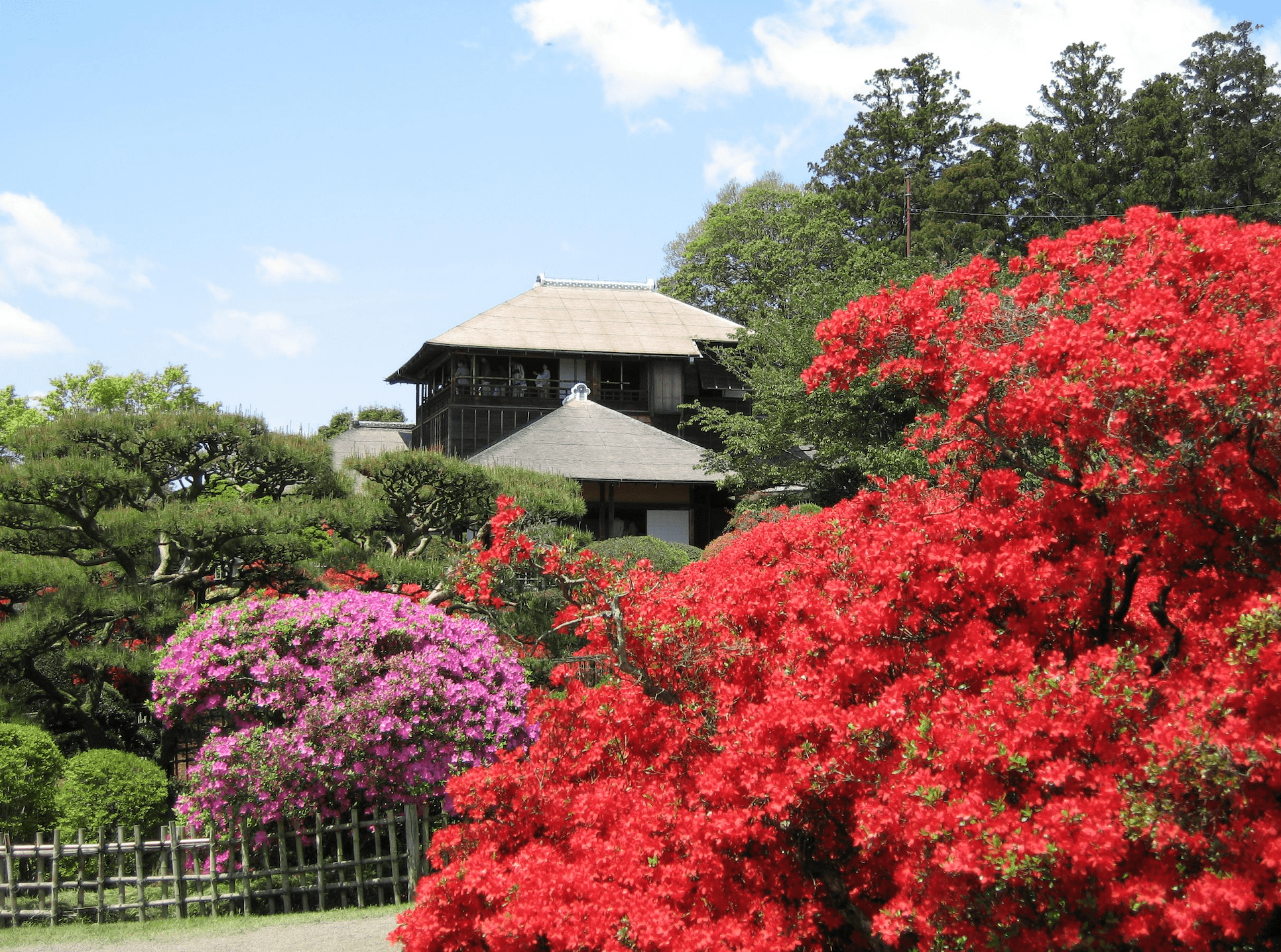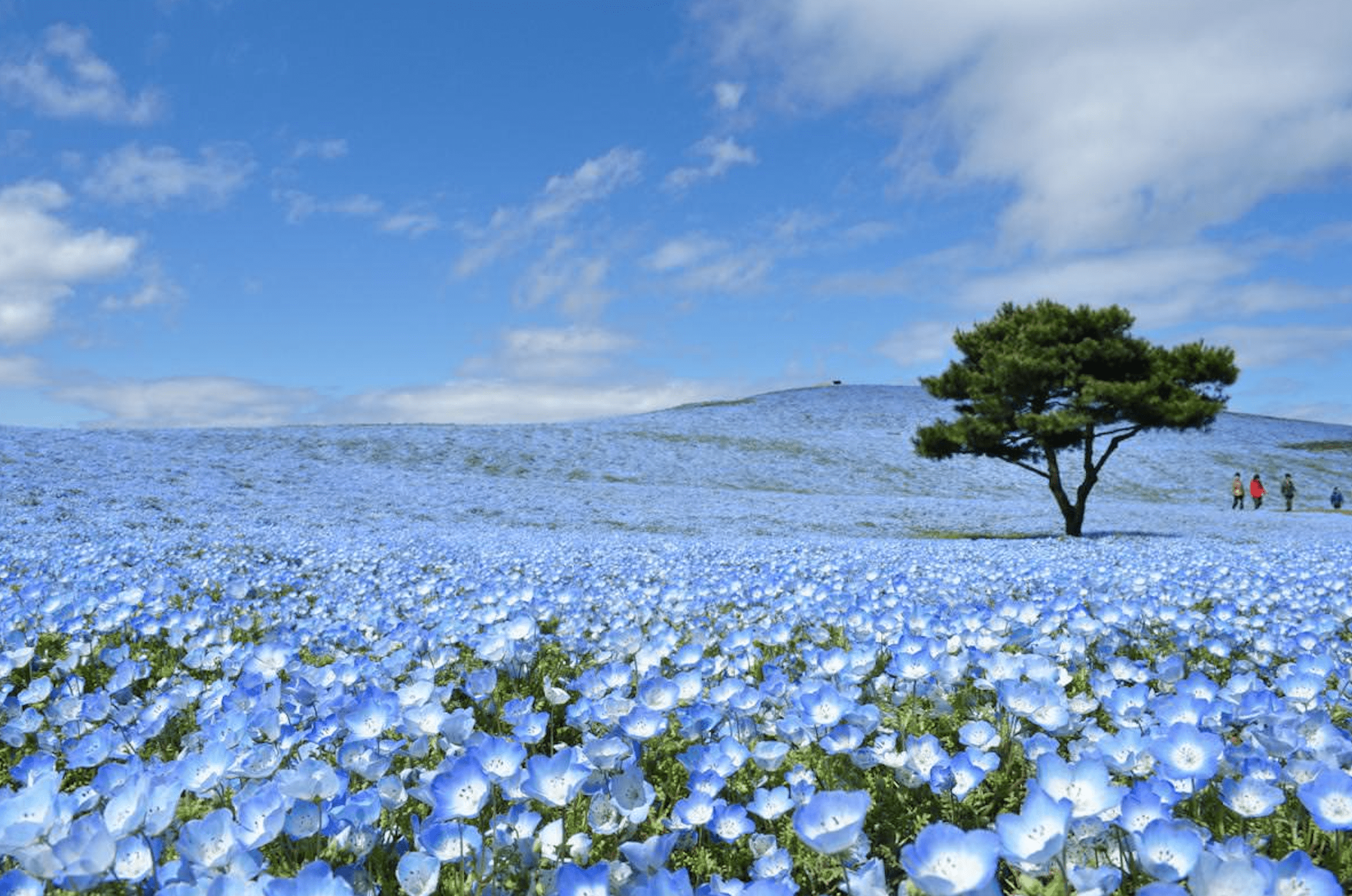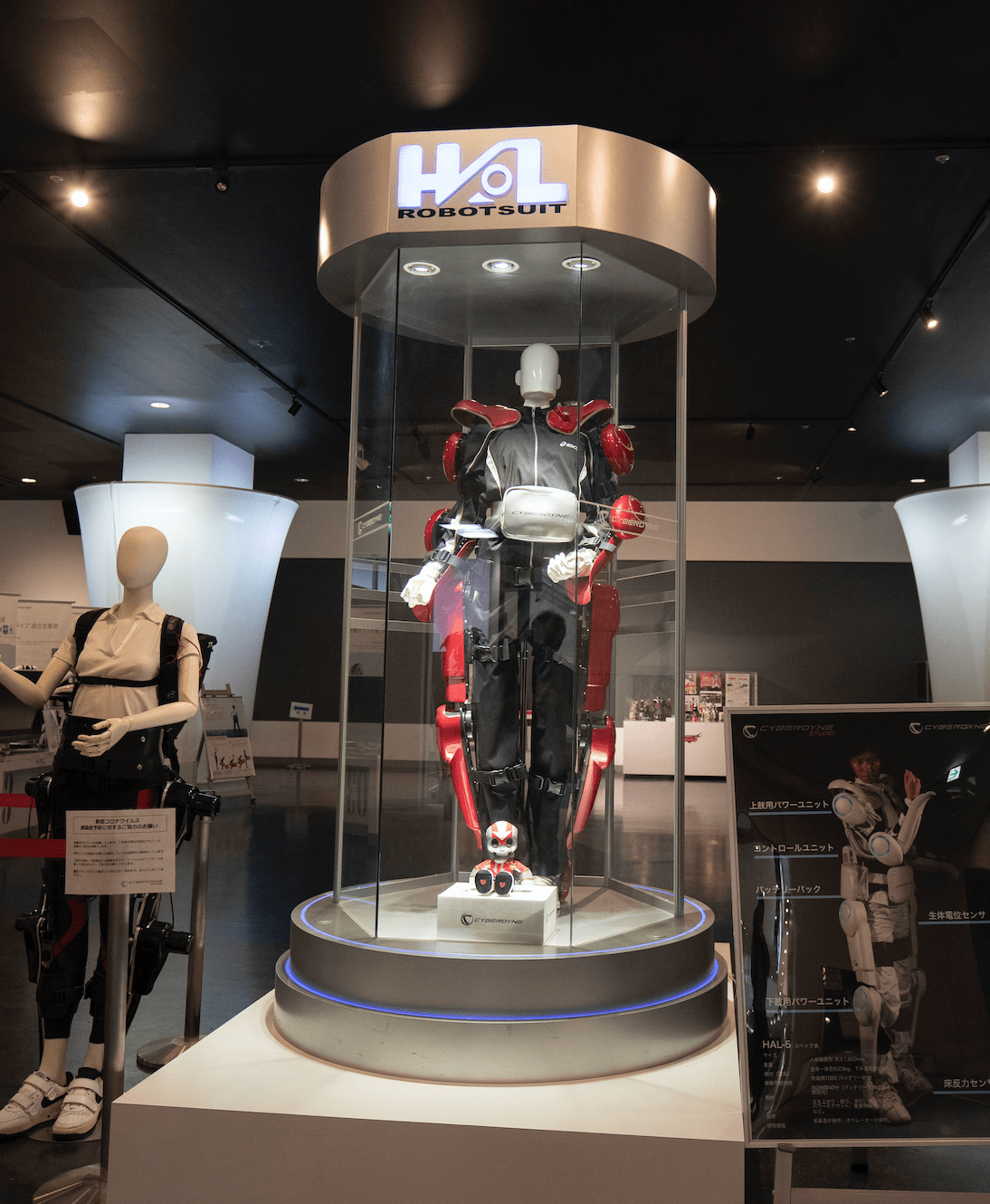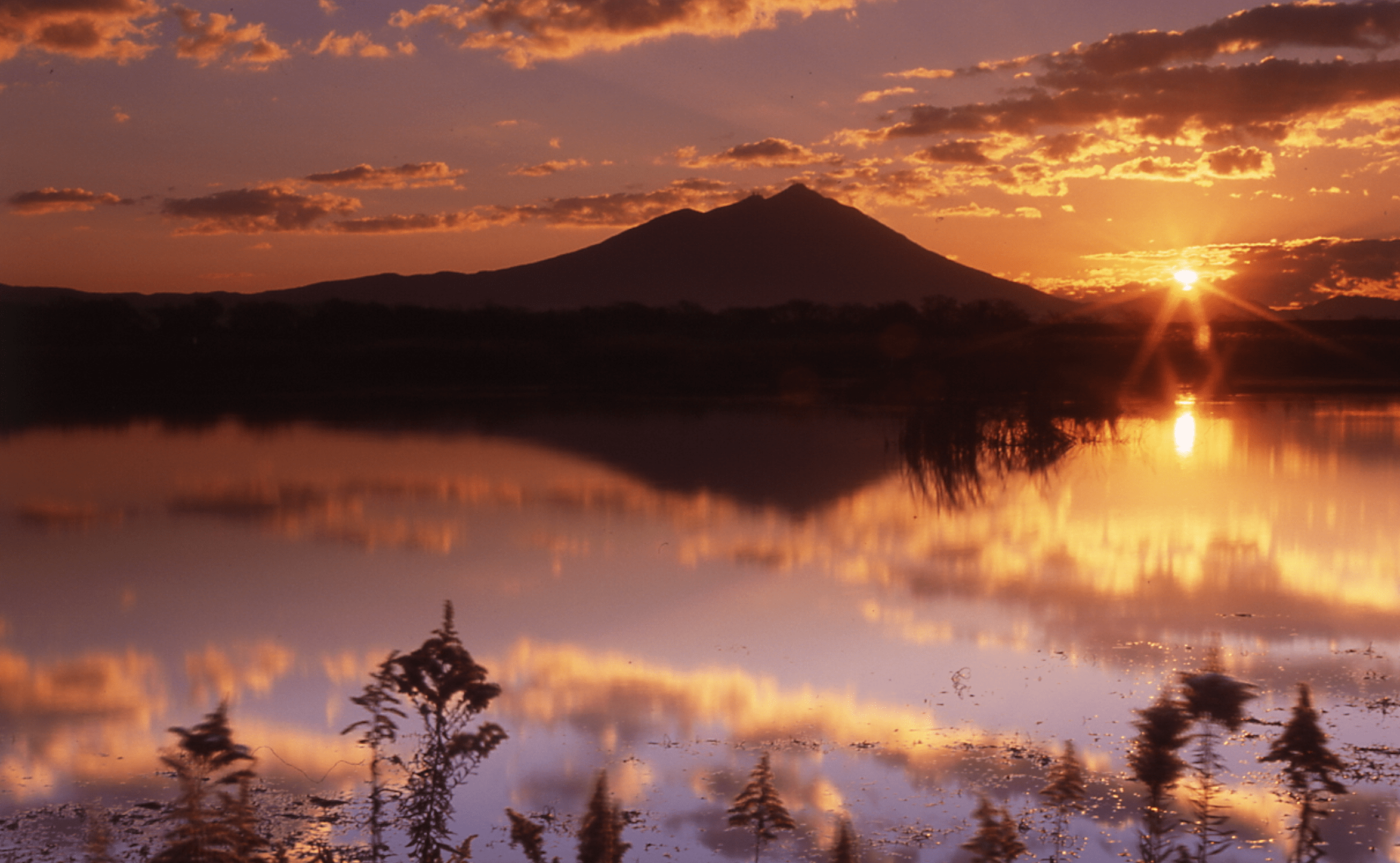Ibaraki gets a bad rap for being Tokyo’s country bumpkin neighbor, but it’s precisely the prefecture’s bucolic scenery that makes it such a great destination for those seeking to escape the city. It’s close enough to Tokyo for a day trip, but has more than enough to explore for a long weekend or more. Here are 10 spots to visit, including our recommended places to sleep and eat.
Northern Ibaraki: Art & Craftsmanship
Northern Ibaraki boasts stunning coastal views and has long been a destination for artists seeking inspiration.
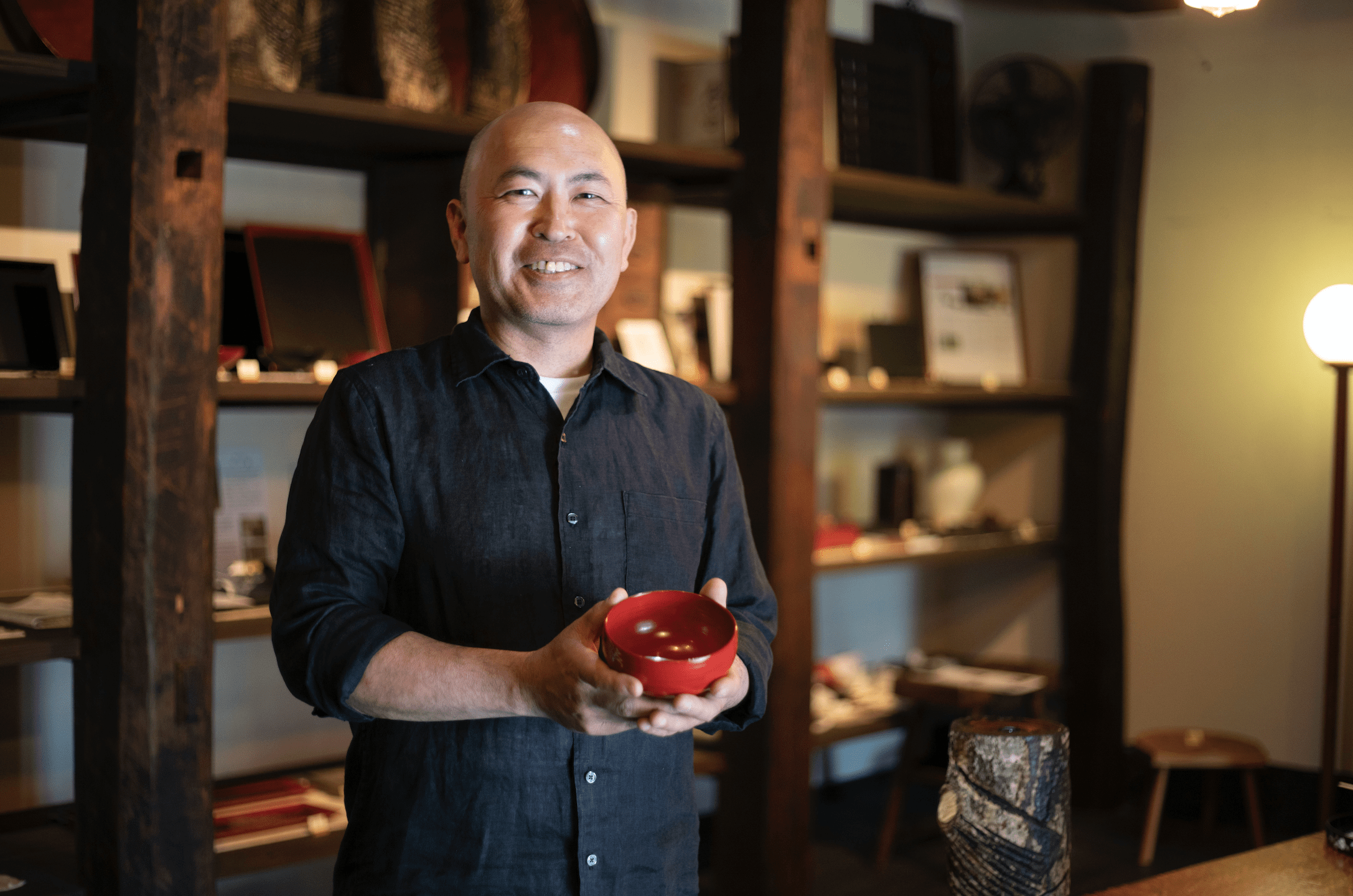
Photo by Ryoko Ogawa
1. Kijian
While 97 percent of urushi used to make lacquerware products is imported from China, 15 percent of Japan’s domestically produced urushi is harvested in northern Ibaraki. Kijian in central Daigo town uses local high-quality urushi to make handcrafted lacquerware items like bowls, chopsticks and other everyday items, with the goal to pass on this traditional craft to future generations.
The store is housed inside a charming shop built in 1896 and serves as a gallery and café. Browse their wares and soak up the atmosphere while enjoying a matcha tea set, complete with wagashi sourced from a nearby confectionery store. It’s the perfect place to take a break on the way to nearby Fukuroda Falls, one of Japan’s top three waterfalls. Open Sat, Sun and Mon.
More info: tsujitohru.jp/en/
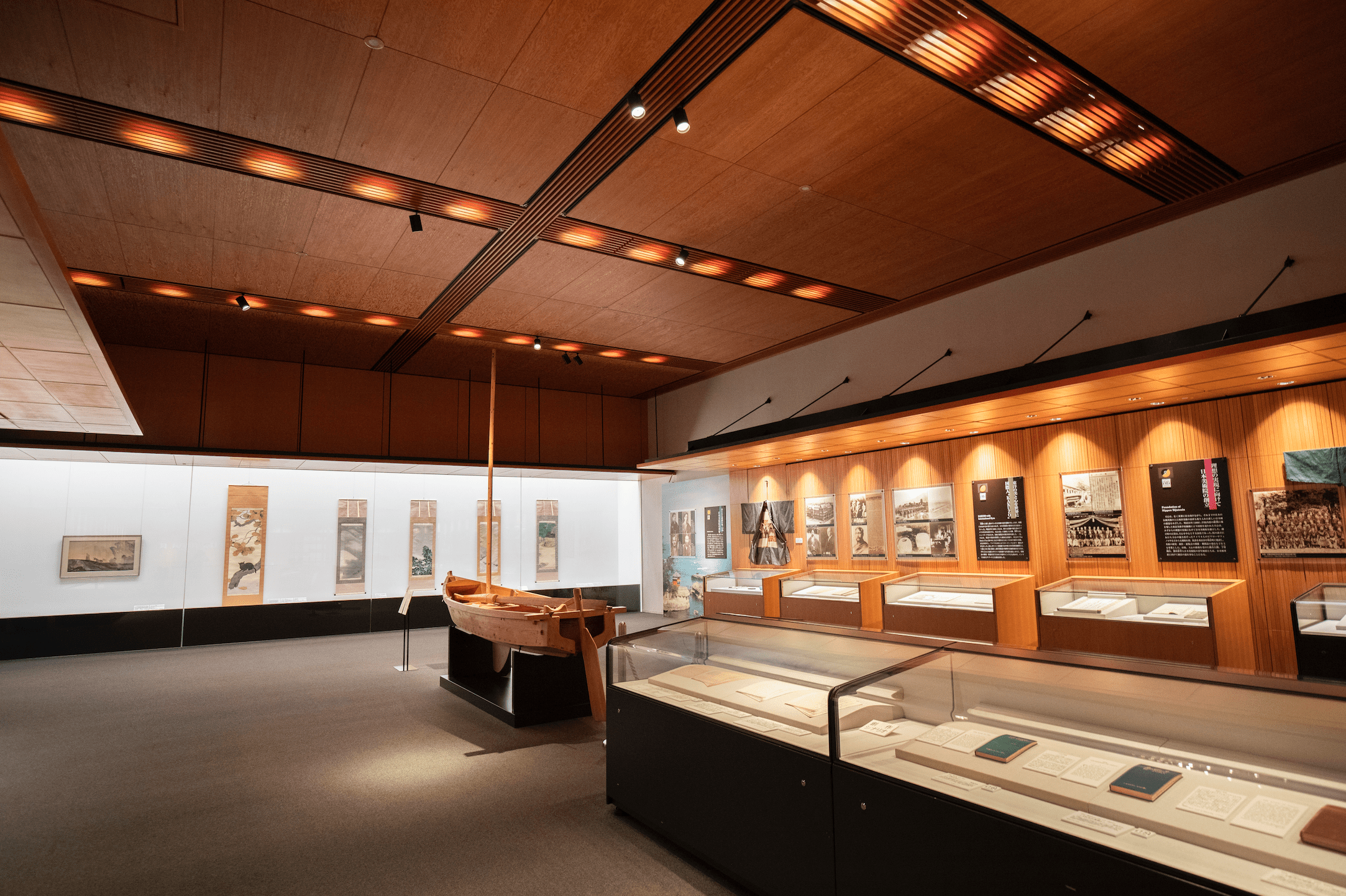
Photo by Ryoko Ogawa
2. Tenshin Memorial Museum of Art and Rokkaku-do
Though the name Tenshin Okakura may not ring any bells at first, most people will recognize his Meiji-era international bestseller The Book of Tea, a collection of meditations on the importance of tea and tea ceremony to Japanese culture. Domestically, Okakura is best known for being a champion of Nihonga (Japanese-style paintings).
At Tenshin Memorial Museum of Art, visitors can learn more about Okakura and his mission to share the artform abroad in the very region he studied with his apprentices. The museum offers breathtaking views of the Izura coastline from its café and grounds. Take a 15-minute stroll down the coastal path to Rokkaku-do, one of Japan’s most famous scenic spots that’s known for inspiring Okakura in his later years.
More info: www.tenshin.museum.ibk.ed.jp/07_english/index.html
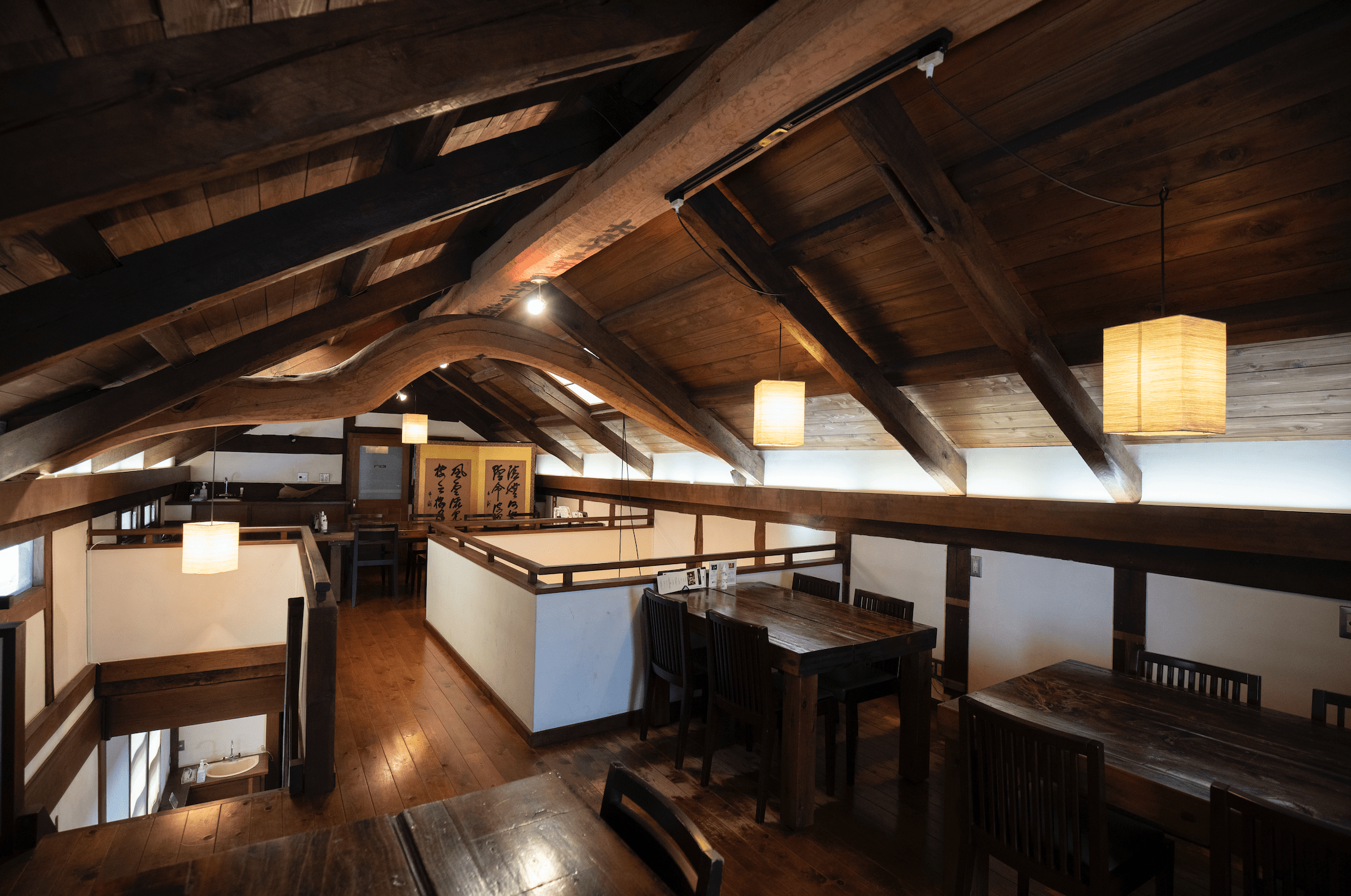
Photo by Ryoko Ogawa
Where to Dine: Kiuchi Brewery
World-famous Hitachino Nest beer’s headquarters lie in the heart of Ibaraki’s Naka city. Before Kiuchi Brewery got into beer in 1996, it spent about 170 years distilling and brewing sake, shochu, umeshu and more. Stop by for a tasting at the bar and follow up with a bite to eat at their rustic soba restaurant. For those seeking something a little bit extra, book a session to brew your own beer on the premises.
More info: kodawari.cc/en/
Where to Stay: Izura Kanko Hotel
Fall sleep to the lull of the Pacific Ocean and wake up to the views that inspired Tenshin Okakura and his apprentices. If that alone is not convincing enough, the Izura Coast is listed as one of Japan’s top 100 shores, one of the top 100 white sand beaches with pine groves, and has one of the nation’s top 100 soundscapes.
More info: www.izura.net
Mito Area: Samurai History in the Modern Age
Ibaraki Prefecture’s capital city and longtime cultural and economic hub has a wealth of amazing locations in and around the area.
3. Kairakuen
Kairakuen is, together with Kenrokuen in Kanazawa and Korakuen in Okayama, one of Japan’s three great gardens from the Edo Period. Mito Domain’s ninth daimyo Nariaki Tokugawa founded the garden in 1842, with the desire to provide a beautiful Japanese garden that was open to the public.
It boasts about 3,000 plum trees in about 100 varieties and a beautiful traditional house called Kobuntei. Nearby Kodokan (Nariaki Tokugawa’s school for men) offers a chance to take a deep dive in regional feudal history.
More info: www.ibarakiguide.jp/park/foreign_language/en/index.html
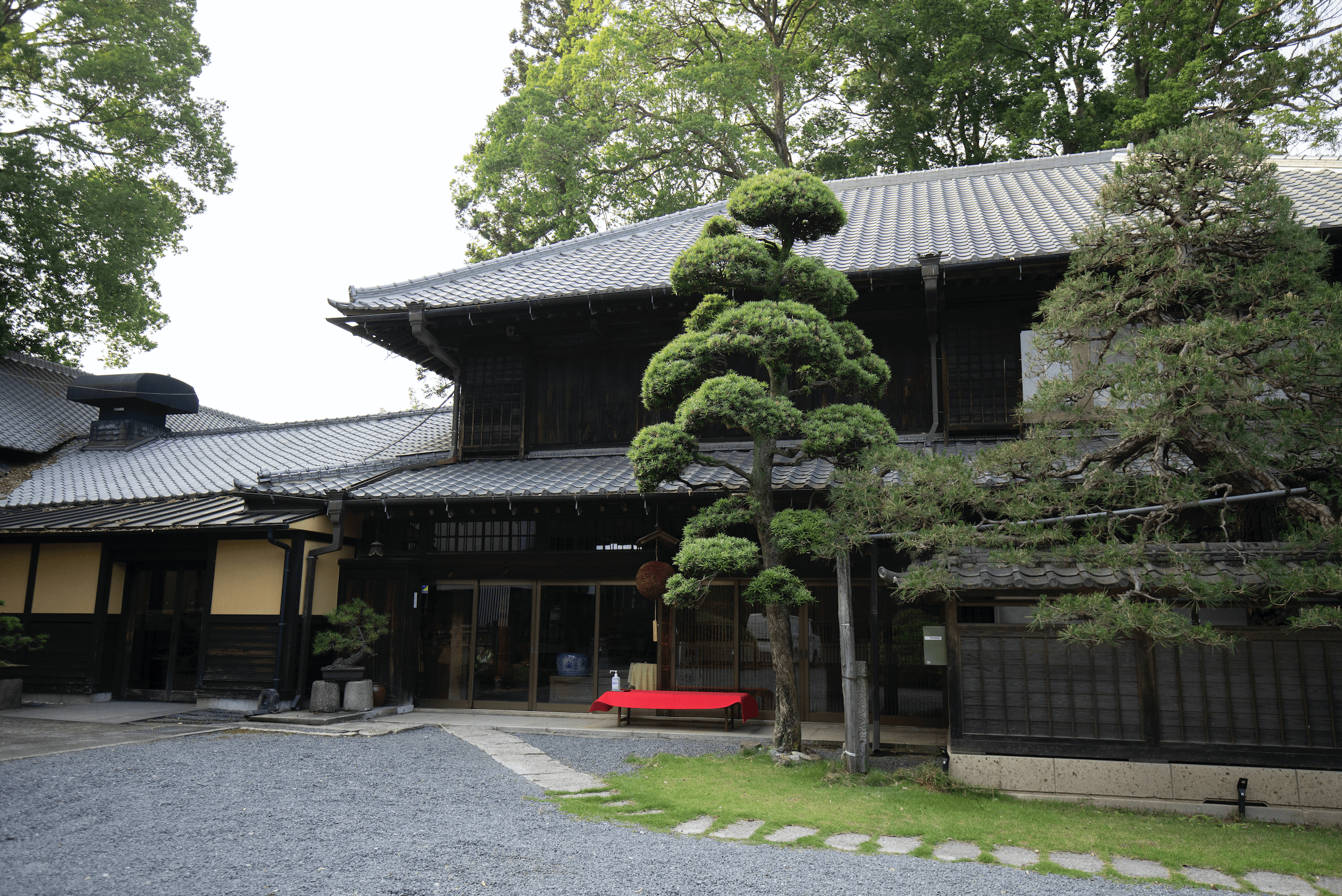
Photo by Ryoko Ogawa
4. Sudohonke Sake Brewery
Owned by descendants of a samurai family, Sudohonke Sake Brewery is unique for many reasons. Surrounded by a slew of ancient trees – some an astonishing 800 years of age – this brewery values its natural resources and is built around them. Known as the brewery in the woods by locals, the owners built one of their newer buildings around the trees instead of cutting them down.
Visitors can reserve tours of the brewery that finish with tastings of a selection of the brewery’s award-winning sake (a fee applies and reservations are required in advance).
More info: www.sudohonke.co.jp/en/tour/
Where to Dine: Tousuian
Just a stone’s throw from Kairakuen and with a view over Senba Lake, Tousuian offers modern kaiseki meals in a beautiful setting. Seasonal fare showcases Ibaraki’s finest ingredients when they are at their best. The unique enju course offers a taste of truly historic food: dine on special cuisine based on recipes from the Edo Period that was beloved by Mito Domain’s second daimyo, Mitsukuni Tokugawa, who locals to this day call Mito Komon.
More info: www.tousuian.com
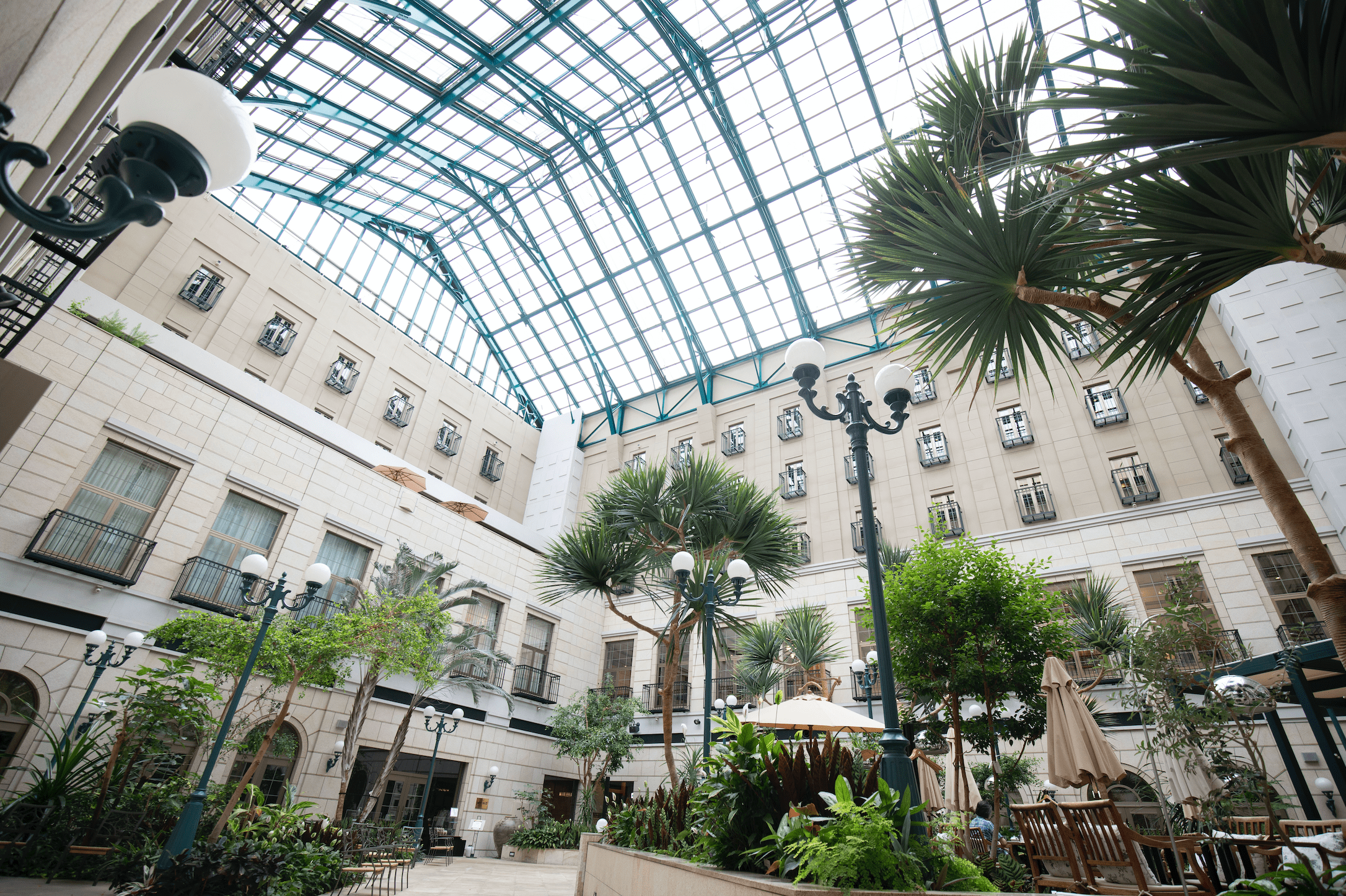
Photo by Ryoko Ogawa
Where to Stay: Mito Plaza Hotel
Designed by Thomas Edison’s great-grandson, Mito Plaza Hotel offers a verdant oasis from the city surrounding it – both inside and outside. The interior fuses modern comfort and traditional style and offers decadent luxury for a fraction of the equivalent Tokyo price tag. Make the most of the greenery with a relaxing afternoon tea at Cafe & Bar Plaza in the greenhouse-like atrium. Staff are extremely well-versed in the area and will give suggestions for dining out and sights outside of the typical tourist traps.
More info: www.mito-plaza.jp
Coastal Ibaraki: Seaside and Spiritual Connections
For beautiful ocean views – including one of Japan’s most beautiful sunrise locations – look no further than Oarai and its surrounding area.
5. Hitachi Seaside Park
Ibaraki’s biggest claim to fame for many visitors is Hitachi Seaside Park, a picturesque green space of enormous proportions with a view of the ocean. It showcases some amazing flower displays, including its famous baby blue nemophila in mid-April to early May.
The park’s Pleasure Garden has over 25 rides and attractions, including a 100-meter-high Ferris wheel. Cycling enthusiasts will appreciate the dedicated cycling course, while those who want to enjoy the area at a more relaxed pace can check out the barbecue zone.
More info: hitachikaihin.jp/en/
6. Kashima Jingu
One of Japan’s oldest and most notable shrines is remarkably connected to a soccer team. Kashima Jingu and Kashima Antlers have an unbreakable – if informal – bond, partly due to the proximity of Tokyo 2020 Olympics venue Kashima Stadium.
Kashima Jingu, founded in 600 BC, has several Edo Period structures due to its popularity among Tokugawa shoguns, who came to pray to war deity Takemikazuchi no Okami. Keen-eyed visitors will also spot four-legged messengers of the gods — the ancestors of the famous Nara deer on the grounds.
More info: kashimajingu.jp
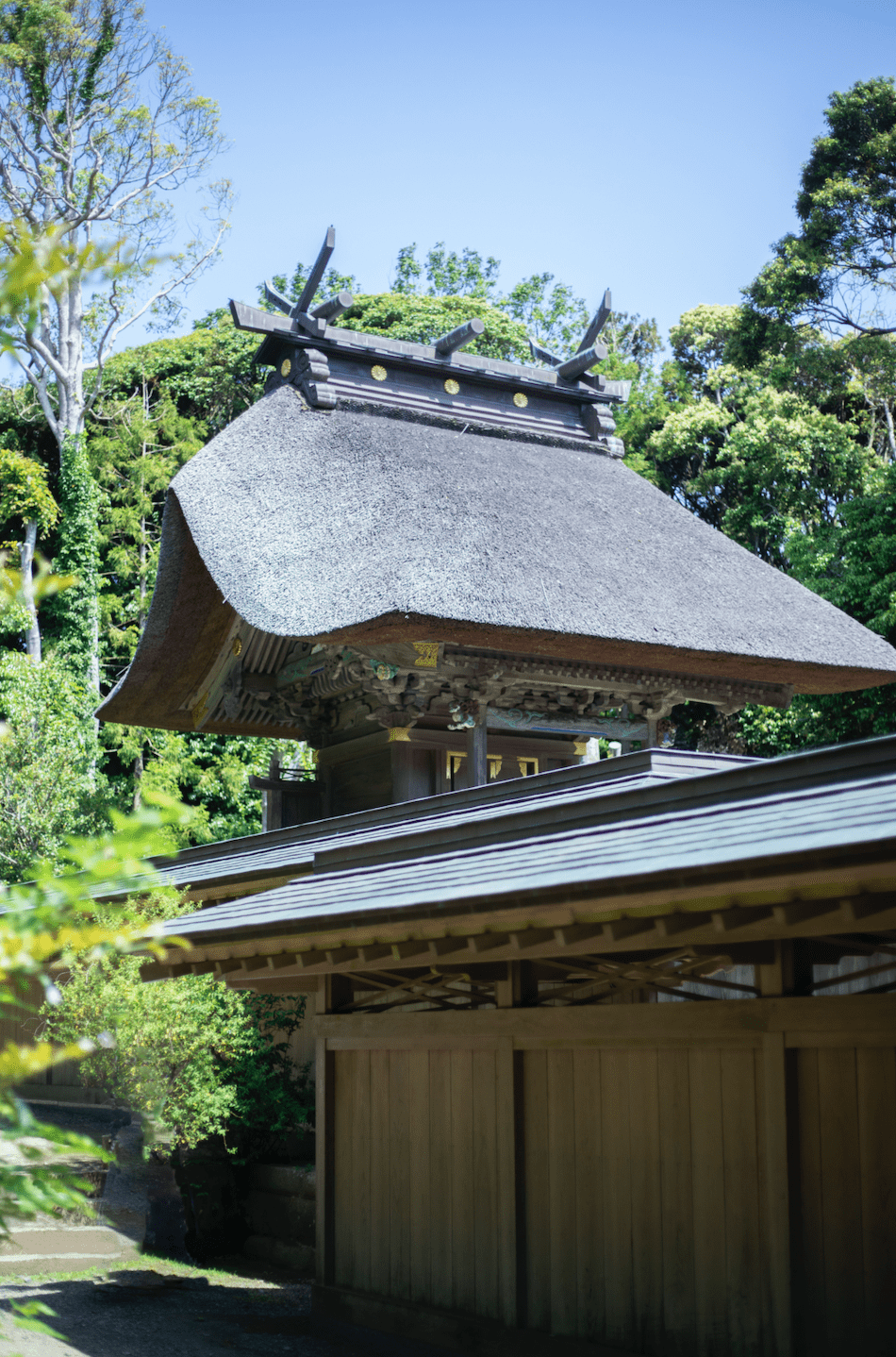
Photo by Ryoko Ogawa
7. Oarai Isosaki Shrine
Oarai Isosaki Shrine is Oarai’s namesake – not the other way around. This historic shrine on a hill overlooking the coast has an ancient history that, despite its age, can be traced back to its exact founding day, December 29, 856.
Its most famous structure is Kamiiso-no-Torii, a white torii gate that faces Oarai’s rugged coastline. Photographers gather here in the early hours to catch one of Japan’s most stunning sunrise sceneries. The shrine itself displays some unique architectural peculiarities that, with good timing, one of the shrine priests will be happy to explain.
More info: oarai-isosakijinja.or.jp
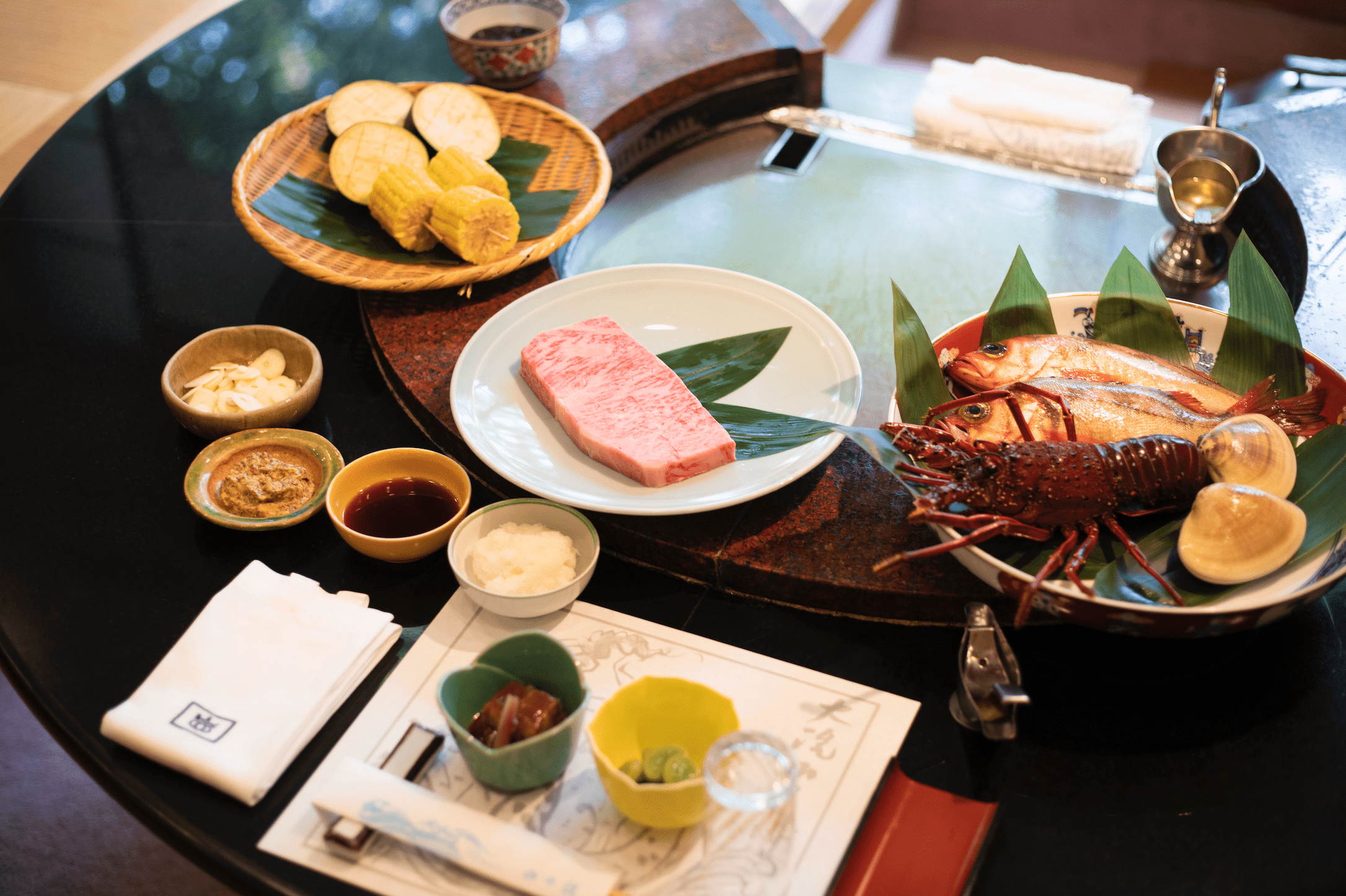
Where to Dine: Yamaguchirou Oarai
For exquisite Japanese meals featuring seasonal ingredients from both land and sea, look no further than Yamaguchirou’s secluded Oarai location. One of its highlights is teppanyaki dining al fresco (best to enjoy from May to October). Enjoy a view of the ocean through the pine trees while dining on freshly grilled seafood and Hitachi beef. Guests can also stay in one of the exclusive six rooms at the inn – perfect for golf fans as Oarai Golf Club is next door. Note that Yamaguchirou’s flagship restaurant, founded in 1872, is in Mito city.
More info: yamaguchirou.com
Where to Stay: Satoumitei Kinparo Hontei
Satoumitei Kinparo Hontei’s clean design is a perfect fit for its extraordinary ocean-side location. Its quiet location and limited number of rooms makes it the perfect getaway destination. Experience soaking in a soothing bath filled with spring water from Mt Oarai with a view that – from the right angle – looks like it spills right into the sea.
More info: www.satoumitei.jp
Tsukuba Area: High Tech Headquarters with a Historical Touch
Home of JAXA and the University of Tsukuba, and internationally lauded as a high tech research center, Tsukuba can seem like it’s all about the future. The truth is that it stands side by side with the history that made its present possible.
8. Cyberdyne Studio
To get a firsthand look at some of the world’s leading robot technologies, head to Cyberdyne Studio on the second floor of Iias Tsukuba shopping mall. Cyberdyne is the developer of HAL (Hybrid Assistive Limb), a wearable cyborg-like robot that helps users expand their physical capabilities. It is increasingly used for treatment of patients with physical disabilities. Make a reservation to receive a guided tour of the facility that includes a chance to test HAL’s mechanisms yourself. English guidance available, tour fees apply.
More info: www.cyberdyne.jp/studio/index.html
9. Tsukubasan
Towering at 877 meters high, Mt Tsukuba is one of Ibaraki’s top hiking destinations. Gaze across the Kanto plains and see as far as Mt Fuji (weather conditions permitting) from the mountain’s summit. There are several trails to the top, the longest taking about two hours. Many people choose to take the ropeway down as the steep incline can be difficult to navigate after rain.
More info: www.mt-tsukuba.com
Where to Dine: Touemon
Touemon and its neighboring bakery Kurabiyori are the ultimate in rural elegance. The complex hides a treasure trove of secrets and surprises – soba pasta is one of them – and serves fine Italian fare in a traditional house that is almost 200 years old. It’s the perfect stopping point on the way to or from Mt Tsukuba and many guests arrive by bicycle.
More info: touemon.com
Where to Stay: Tsukuba Grand Hotel
Head to this delightful traditional inn to offset the modern vibes of central Tsukuba. Soothe aching muscles after a climb up Mt Tsukuba in one of the hotel’s hot spring baths, one of which boasts panoramic views of the neighboring area. Don’t miss the urushi-e gallery, a stunning display of traditional Japanese art.
More info: tsukuba-grandhotel.co.jp/english/
Western Ibaraki: A Taste of Tradition
A visit to Ibaraki’s western region may feel like traveling back in time as ancient customs and crafts are still alive and well.
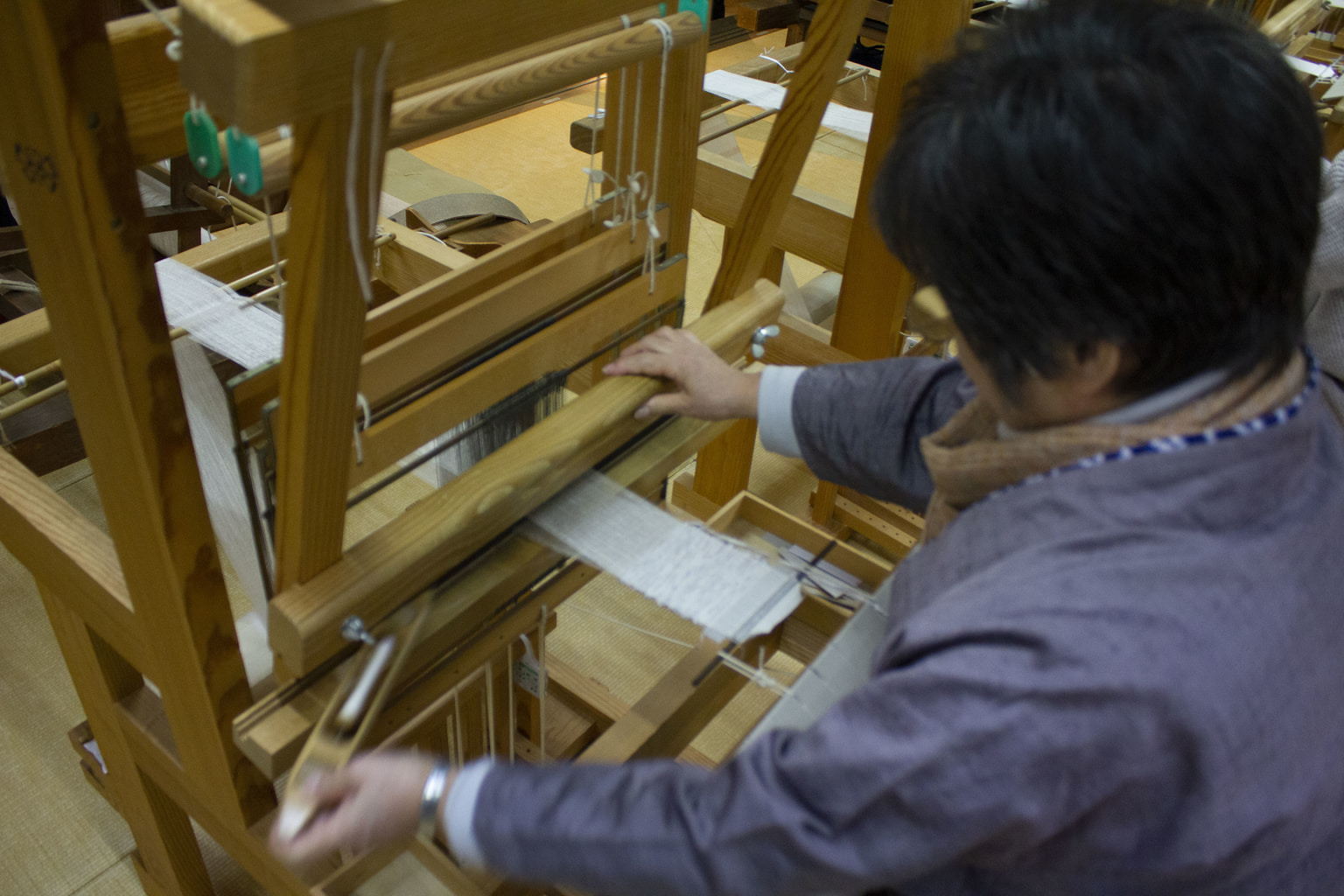
Photo by Lisa Wallin
10. Tsumugi no Yakata
This facility is dedicated to yuki tsumugi, a silk weaving technique that hails from Yuki city and is a designated UNESCO Intangible Cultural Heritage of Humanity. Here, visitors can discover the beauty of this ancient art that dates back more than 2,000 years and learn the time-consuming work involved to make just one kimono. There are also silk thread coaster workshops, but do check the website in advance for details as these are currently subject to change. Don’t forget to drop by the complex’s shop, which sells a stunning array of luxurious, locally made silk accessories.
More info: yukitumugi.co.jp
Where to Dine: Kokyu
Seasonal vegetables are the main focus of Kokyu’s menu, which offers a selection of course meals in a traditional house from the Showa era. Most ingredients are sourced in either Ibaraki or neighboring Tochigi. Reservations required for both lunch and dinner. While staff only speaks Japanese, they are happy to serve guests from all over the world.
More info: kokyu.in
Where to Stay: Hotel Sansui
Nearing its centennial anniversary, Hotel Sansui has spent the better part of a century serving visitors to Koga. The hotel has a lovely traditional Japanese feel, while most of the rooms are Western-style. English-speaking staff available.
More info: hotelsansui.co.jp/en/
To book a taxi tour to some of the spots mentioned in this article, go to english.ibarakiguide.jp/taxi-top.html.
Sponsored Post

